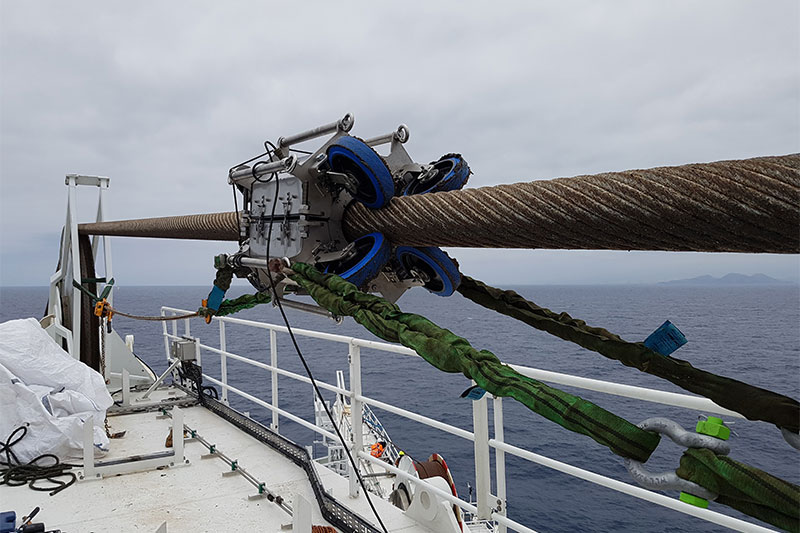All About Risk Based Inspection

Risk based inspection (RBI) is an essential element of industry practice. From oil & gas to construction, agriculture to renewable energies, determining the likelihood of asset failure through effective RBIs is advantageous in so many ways, including:
- Safety: dramatically reduces the chances of unexpected incidents that might present a danger to employees, the public and the environment.
- Financial: Accurate analysis of mean time between failure (MTBF) allows for more effective maintenance and repairs. Multiple tasks can be planned and scheduled concurrently, meaning better preparation and fewer asset shutdowns.
- Increased production: This also has a positive effect on finances, as proactive maintenance will extend the longevity of assets, make them more productive and reduce the related energy costs to run them.
The following looks at risk based inspection in more detail, defining it and comparing it with more traditional inspection methods.
Why RBI Offers Multiple Advantages Over Traditional Inspection Regimes
Many industry inspection requirements still follow what we now know to be outdated practices. They require inspections to be carried out with little consideration to asset age, condition, duty or expected failures. While this isn’t true in all fields, it still holds true for many.
However, the all-too-common accidents and fatalities that continue to occur are all the proof needed to show that this simply isn’t good enough.
Instead, creating a format whereby structure and equipment wear and tear can be calculated over time brings all the advantages mentioned above. Risk based inspection – or proactive inspection – uses advanced inspection tools and modelling to accurately predict when maintenance is needed and the approximate lifespan of an asset.
RBI can be defined as the following:
It determines the probability of equipment failure: This is done by predicting the type of damage that might be present, where this might occur, the rate at which it will evolve and, finally, at what point would this damage become dangerous.
With today’s advanced inspection tools, this is possible to achieve, thanks to:
- Better understanding of credible damage mechanisms
- More advanced and affordable NDT equipment allowing for more regular testing
- The development of semi-autonomous and autonomous tools that are dramatically reducing the time and cost of maintenance tasks
- Advanced modelling tools, such as digital twins, to play out a variety of scenarios to determine the MTBF of assets and their components.
Proactive as opposed to reactive maintenance is at the core of RBI. While this approach is most associated with high-risk industries, such as the petrochemical and power sectors, it can (and should) be applied to every field.
However, industry regulators have been slow to bring mandatory RBI to the table. In 2000, the European Commission launched project RIMAP to further develop the practice within the EU. The UK Health and Safety Executive published a report regarding RBI as best practice within plant management and the American Petroleum Institute has published recommended practices for RBI relevant to refineries. NOPTA has published a ‘best practice’ white paper regarding self-assessment and a 2020-2023 strategic plan.
While all the above still lie firmly in the ‘recommendation’ as opposed to mandatory structure, many operators are taking it upon themselves to take advantage of proactive inspection models.
While it can seem challenging to increase inspection tasks above mandatory levels, the financial and safety benefits are huge. Technology is advancing at its fastest rate ever, with tools and NDT equipment reducing the overall costs of inspection. In turn, this increases productivity, makes an operation more attractive to the highest calibre of employees, protecting the planet and pleasing shareholders.
It’s only a matter of time before RBI inspections become mandatory across the board. While we wait for this to happen, forward-thinking maintenance managers are already embracing the benefits it brings. If your outfit doesn’t do the same, it risks being left behind in what is an ever-increasingly competitive marketplace.
Nexxis is committed to helping its customers find the most cost-effective solutions for RBI that will positively impact their bottom line. From autonomous crawlers to advanced drones and inspection cameras, we work with you to determine the right equipment for your inspection needs.
Contact us to find out more about our range of robots or any of our other inspection products, or request a quote online.
Read more about non-destructive testing here: The 5 Financial Benefits of Purchasing NDT Equipment
